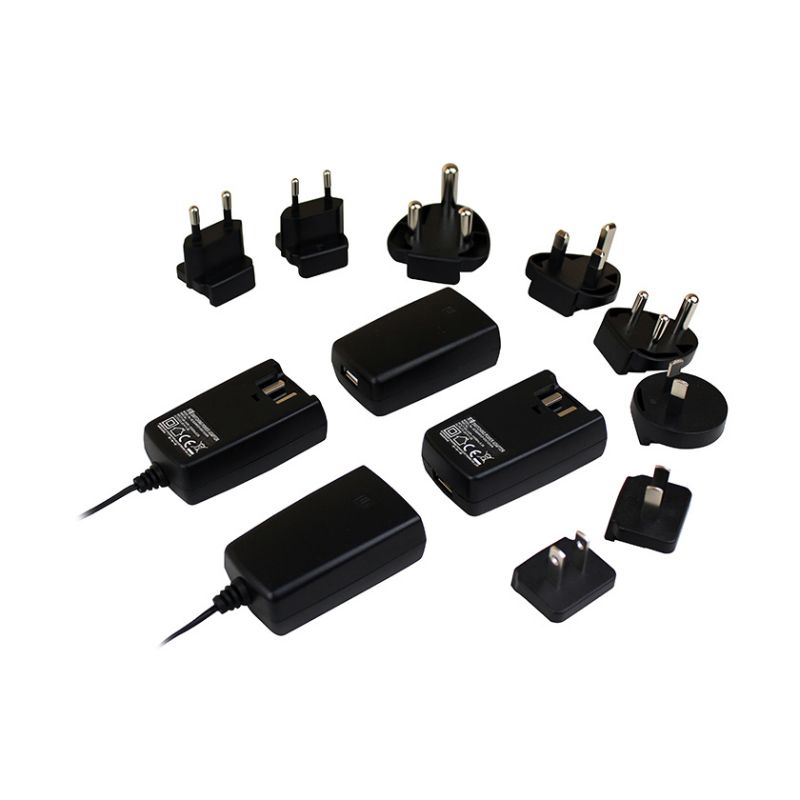Medical Power and Electrical Safety: Classification of Patient Environments and Their Impact on Device Designs
In the context of medical power supplies and electrical safety standards, the patient environment refers to the area around a patient where medical equipment is used, and it has specific classification criteria to ensure the safety of patients and medical staff. The classification of the patient environment is crucial because different levels of protection are required depending on how close the medical equipment is to the patient and how it interacts with them.
Classification of Patient Environment:
1.Type B (Body) – Basic Protection:
Definition: Type B (Body) equipment is designed for applications where the device does not come into direct contact with the patient or where such contact is minimal and non-invasive.
Use Cases: Devices such as hospital beds, operating tables, and external medical equipment that have no direct electrical connections to the patient.
Safety Requirements: Basic protection against electrical shock is required, but the level of isolation and insulation is not as stringent as in other classifications because the equipment is generally not in direct physical contact with the patient.
2.Type BF (Body Floating) – Medium Protection:
Definition: Type BF (Body Floating) equipment is designed for devices that have direct electrical contact with the patient, but not in critical areas such as the heart.
Use Cases: Equipment such as ultrasound machines, infusion pumps, and monitoring devices like ECGs that have electrical connections to the body, but not to areas involving the heart.
Safety Requirements: Requires stronger protection than Type B, including reinforced insulation and low leakage current limits to prevent shocks through patient-contact electrodes. This equipment typically has floating connections, which means it is electrically isolated from the ground.
3.Type CF (Cardiac Floating) – Highest Protection:
Definition: Type CF (Cardiac Floating) equipment is designed for medical devices that make direct electrical contact with the heart or circulatory system, where the consequences of even small leakage currents can be life-threatening.
Use Cases: Devices such as defibrillators, pacemakers, ECG machines with cardiac monitoring electrodes, and surgical equipment used in cardiac procedures.
Safety Requirements: The highest level of protection is required. This includes the strictest insulation, isolation, and leakage current limits. For example, patient leakage current must be extremely low (typically less than 10 µA in normal conditions and 50 µA in single fault conditions).

Characteristics and Safety Measures for Each Classification:
1.Type B (Body) Equipment:
Isolation Requirements: Basic insulation.
Leakage Current Limits: Higher allowable leakage current compared to BF and CF classifications.
Creepage and Clearance Distances: Basic, as there is no direct contact with the patient.
Applications: X-ray machines, external medical devices, and general hospital equipment that are placed outside the patient environment.
2.Type BF (Body Floating) Equipment:
Isolation Requirements: Reinforced or double insulation.
Leakage Current Limits: Much lower than Type B to prevent harm to the patient during contact.
Creepage and Clearance Distances: Larger than Type B, as the device is in direct contact with the patient’s body.
Applications: Ultrasound probes, electrodes for ECG machines, thermometers, and non-invasive devices that have electrical connections to the patient’s body.
3.Type CF (Cardiac Floating) Equipment:
Isolation Requirements: Double or reinforced insulation with very high isolation levels.
Leakage Current Limits: The lowest allowable leakage current of all categories due to the risk of severe harm if the heart is involved.
Creepage and Clearance Distances: The largest to ensure no electrical breakdown near the heart.
Applications: Catheters, defibrillators, pacemakers, and heart monitors. Any equipment that makes contact with the heart or central circulatory system.
Special Considerations for Patient Environment:
· Proximity to the Patient: Equipment located within the immediate vicinity of the patient (typically defined as within 1.5 meters or 5 feet of the patient) is considered to be part of the "patient environment" and must adhere to stricter safety standards.
· Invasive Procedures: Equipment used in invasive procedures, such as catheterization or surgery, must meet the highest safety requirements because of the direct interaction with the patient's internal organs or blood vessels.
· Operating Room Environment: Devices used in operating rooms, intensive care units, or emergency situations must have additional protections, including electrical isolation and low electromagnetic interference (EMI), as these environments are sensitive and critical to patient survival.
The classification of the patient environment in medical power supplies and devices is essential for ensuring appropriate levels of electrical safety. Type B, BF, and CF classifications represent different levels of protection based on the type of contact the equipment has with the patient and the criticality of that contact, especially in sensitive areas like the heart. These classifications guide the design, insulation, and testing of medical devices to minimize the risk of electrical shock, ensuring both patient and operator safety.






